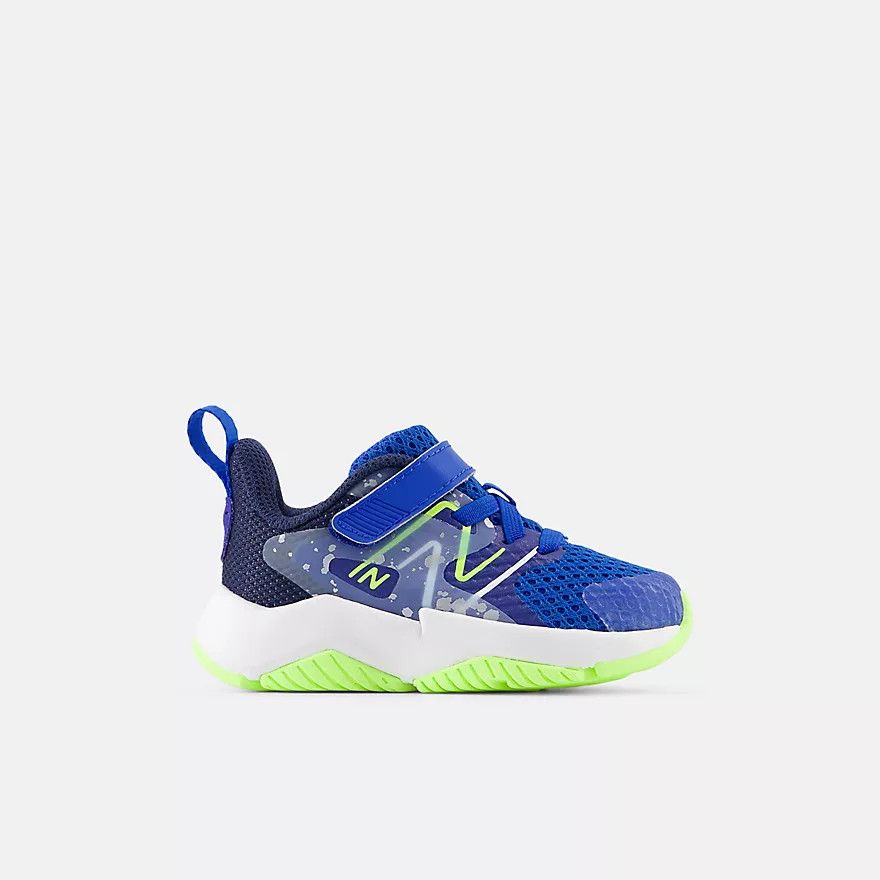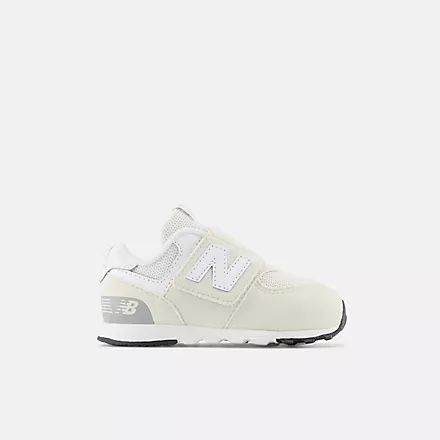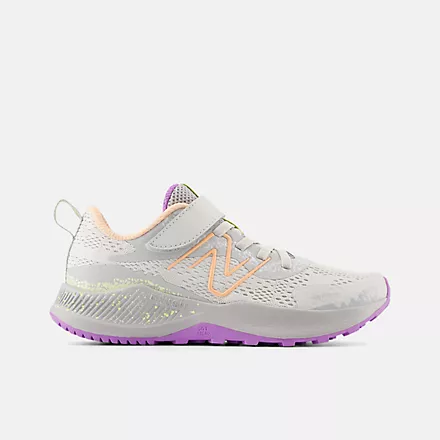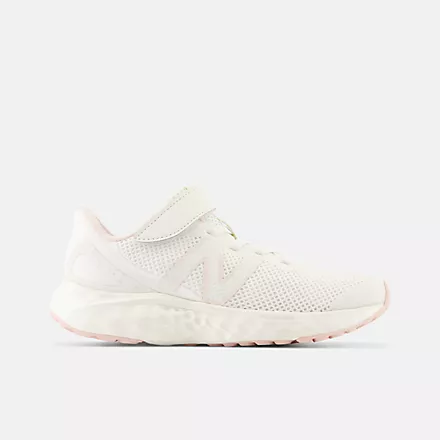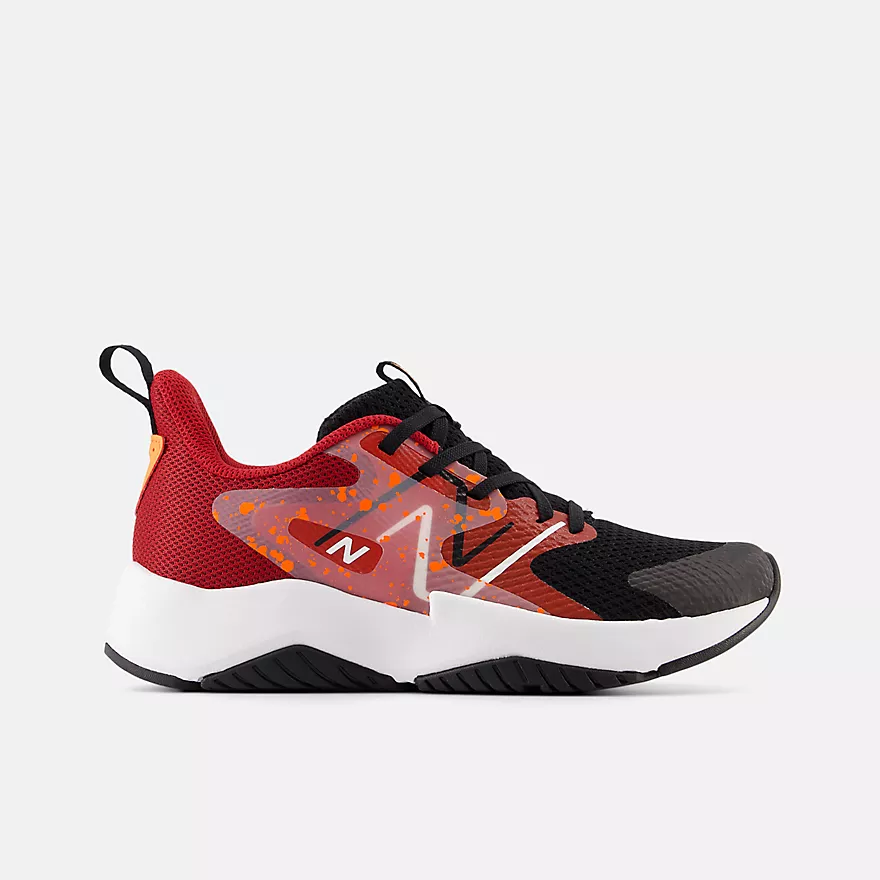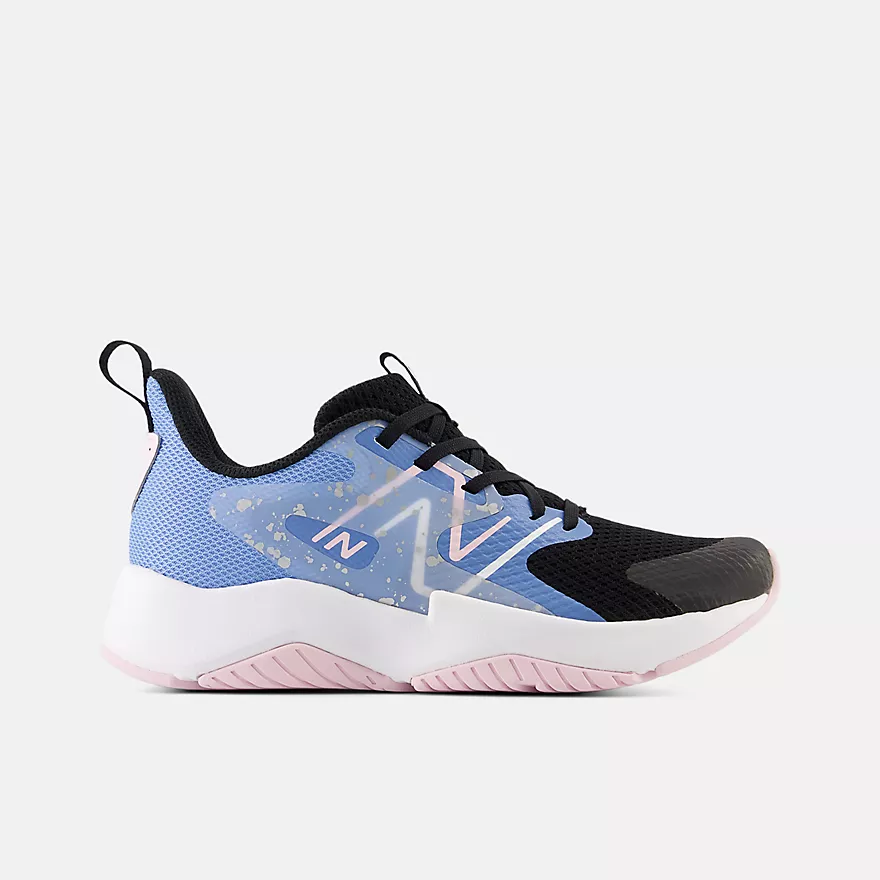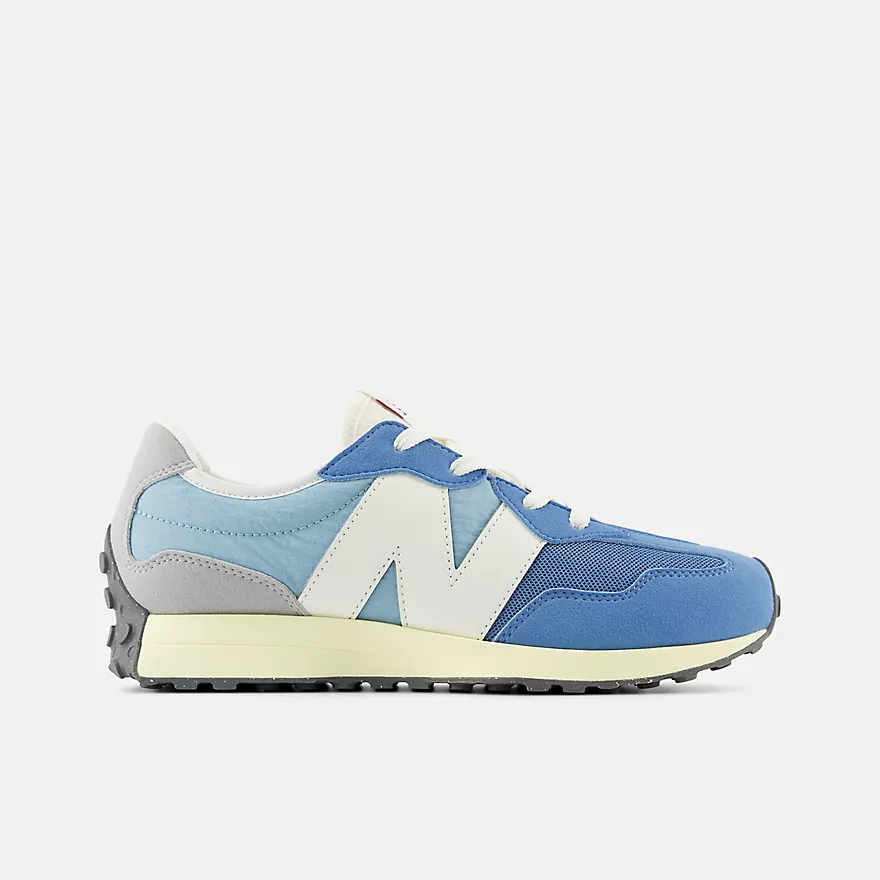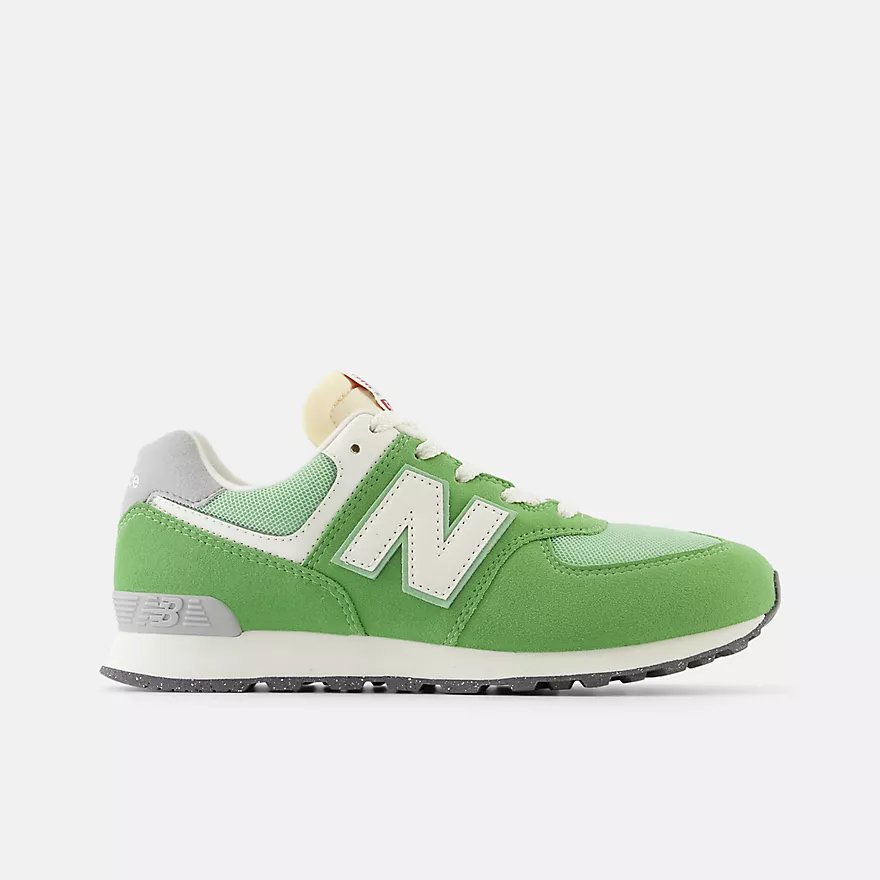What is Your Child’s Longest Toe? – Hint: It Doesn’t Need to be the Big Toe!

Most parents fall under the assumption that their kids’ big toe is the longest one. Most of the time it is, but sometimes it can be the second or even the third toe. I am curious to know if you have a child at home who has a second or middle toe longer than the big toe. Let’s find out what is your child’s longest toe.
Most families are now buying their kids’ shoes online, and when it’s time to measure their kids’ feet from home they automatically measure their child’s big toe, assuming it’s the longest one.
What is Your Child’s Longest Toe?
When parents assume that their child’s big toe is the longest one before taking a closer look at the other toes, they can end up hurting their child’s toes. Let’s say that you have a child with the second toe longer than the big toe and you fit the shoes to accommodate the big toe. This means that the second toe will rub against the front of the shoes, which can lead to blisters, calluses, and corns.
Second Toe Longer than the Big Toe – More Common Than You Can Imagine!

Kids’ shoes are not designed for children with a longer second toe. If your child wears shoes that are too tight on the second toe, your child could end up with hard corns or calluses on the second toe.
Take a look at the image below in which the child developed a bruise on his second toe from the constant rubbing between the toe and the end of the shoes.

Parents need to make sure there’s room for that second toe to prevent the top of the shoe from rubbing against the top of the toe.
I don’t want you to be overly concerned about your child having a second toe longer than the big toe. Believe it or not, about 20 to 30 percent of children are born with this foot trait.
The term for having the second toe longer than the big toe is called Morton’s Toe. Having this foot condition may lead to foot pain and the need to find better-fitting footwear. You can avoid issues related to Morton’s Toe by simply providing your child with the correct type of shoes.
Main Reason Why Parents Shouldn’t Leave Morton’s Toe Untreated
When the second toe is longer than the big toe, it leads affects your child’s overall posture as the child’s walking gait is not evenly distributed.
This uneven distribution of pressure causes the added weight to be shifted to the second toe, which can lead to overpronation and foot and leg pain.
Middle Toe Longer than the Big Toe – Not as Common but it Happens Too!
I have also seen cases of children who have the middle toe longer than the big toe, but this is not nearly as common.

What Makes the Shoes I Recommend Effective for Kids with Long Toes?
When a child has the second or third toe as their longest one, it’s important to find shoes that provide extra depth and come with rounder toe-boxes, to prevent the toe from rubbing against the shoes. Let me show you the difference between a shoe with a round toe-box versus one with a pointier one.

It is also important for the shoes to provide extra depth to prevent the top part of the toes from rubbing against the top part of the shoes.

Before I show you a selection of the best shoes for kids with a second or middle toe longer than the big toe, I want to make sure that you know your child’s exact foot size. If you don’t know your child’s exact foot size you won’t be able to order the correct shoe size online.
Are You 100% Sure of Your Child’s Foot Size? – Let’s Find Out!
I came up with the most effective way to determine your child’s exact foot size from your home and will personally assist you with a custom fitting tailored to your child’s individual needs. This easy-to-follow method allows parents to accurately determine their child’s correct foot length and width, as well as instep height.
Now that you know your child’s foot size let’s take a look at the best shoes for kids with a second or middle toe longer than the big toe. Disclosure: Keep in mind that we may receive commissions when you click our links and make purchases.
Best Shoes for Kids with Second or Middle Toe Longer than the Big Toe
The shoes I recommend are available in medium (M), wide (W), and extra wide (XW) widths.
Toddler Shoe Sizes (0 to 10)
- Shoe style RaveRun by New Balance
- Available in medium, wide and extra wide widths
- Oversized opening for easy on and off
- Lightweight injection-molded EVA foam midsole provides lightweight cushioning
- Hook and loop closure
- Order this shoe a whole size larger than your toddler’s current foot size
- Shoe style RaveRun by New Balance
- Available in medium, wide and extra wide widths
- Oversized opening for easy on and off
- Lightweight injection-molded EVA foam midsole provides lightweight cushioning
- Hook and loop closure
- Order this shoe a whole size larger than your toddler’s current foot size
- Shoe style Original Jazz Lite 2.0 by Saucony
- Available in medium and wide widths
- Velcro closure
- Leather and mesh upper for durability and breathability
- APMA Certified
- Traction pods on the outsole for serious grip
- EVA midsole for lightweight feel
- Order this shoe a whole size larger than your toddler’s current foot size
- Shoe style Ride 10 Jr by Saucony
- Available in medium, wide, and extra wide widths
- Velcro closure
- Leather and mesh upper
- Non-marking traction pods to help improve stability
- APMA approved
- Toe cap for extra durability
- Order this shoe a whole size larger than your toddler’s current foot size
- Shoe style 2510 by Tsukihoshi
- Fits medium and wide feet (fits high insteps)
- Velcro closure
- Removable insoles
- Lightweight and flexible
- Extra wide toe box allows natural splaying of toes for better balance, comfort, and foot health
- Long heel counter provides stability
- Machine washable
- Order this shoe the same size as your toddler’s current foot size (shoe fits long)
- Shoe style 2510 by Tsukihoshi
- Fits medium and wide feet (fits high insteps)
- Velcro closure
- Heel stabilizer provides lateral stability
- Removable insoles
- The insoles are Infused with natural Green Tea extract (no chemicals)
- Machine washable
- Order this shoe the same size as your toddler’s current foot size (shoe fits long)
- New Balance shoe style Fresh Foam 650
- Fits children with medium, wide, or extra wide feet
- Velcro closure
- Leather and mesh upper
- Mesh collar and tongue are padded with foam for a great fit and added comfort
- Extra deep
- Order this shoe a whole size larger than your toddler’s current foot size
- Shoe style 574 by New Balance
- Available in medium, wide, and extra wide widths (fits high insteps)
- Velcro closure
- Oversized opening for easy on and off
- Fresh Foam midsole cushioning is precision engineered to deliver an ultra-cushioned, lightweight ride
- Order this shoe a whole size larger than your toddler’s current foot size
- Shoe style Fresh Foam by New Balance
- Available in medium, wide and extra wide widths
- Oversized opening for easy on and off
- Lightweight injection-molded EVA foam midsole provides lightweight cushioning
- Hook and loop closure
- Order this shoe a whole size larger than your toddler’s current foot size
- Shoe style Sr Thompson by Stride Rite
- Available in medium and wide widths (fits high insteps)
- Velcro closure
- Ortholite memory foam footbeds
- Opens super wide which makes in and out easy
- Recycled material linings to help reduce odor
- Order this shoe half a size larger than your toddler’s current foot size
- Shoe style SRT Winslow by Stride Rite
- Available in medium and wide widths (fits high insteps)
- Velcro closure
- Toe cap reinforcement and bumptoe protection against stumbles
- Opens super wide which makes in and out easy
- Step-stabilizing design with comfy Ortholite memory foam footbeds
- Order this shoe half a size larger than your toddler’s current foot size
- Shoe style Fresh 574 by New Balance
- Available in medium, wide and extra wide widths
- Oversized opening for easy on and off
- No-sew overlays
- Order this shoe a whole size larger than your toddler’s current foot size
- See Kai Run shoe style Robyne
- Fits children with medium, wide, or extra wide feet
- Breathable textile lining and cushioned insole
- Double velcro straps for easy on and off adjustability
- Padded tongue and collar for added comfort
- Order this shoe a half size larger than your toddler’s current foot size
- See Kai Run shoe style Robyne
- Fits children with medium, wide, or extra wide feet
- Canvas upper
- Toe cap is durable for early steps
- Double velcro straps
- Oversized opening for easy on and off
- APMA approved
- Order this shoe half a size larger than your toddler’s current foot size
- Shoe style 574 New-b V1 by New Balance
- Available in medium, wide, and extra wide widths (fits high insteps)
- Velcro closure
- Generous toe box and instep to accommodate and support a first-walker’s needs
- Mesh and suede upper for durability and comfort
- Extra deep
- Order this shoe a whole size larger than your toddler’s current foot size
- Shoe style 574 New-b V1 by New Balance
- Available in medium, wide, and extra wide widths (fits high insteps)
- Velcro closure
- Generous toe box and instep to accommodate and support a first-walker’s needs
- Mesh and suede upper for durability and comfort
- Extra deep
- Order this shoe a whole size larger than your toddler’s current foot size
Little and Big Kid Sizes (10.5 to 7)
- Shoe style RaveRun by New Balance
- Available in medium, wide, and extra wide widths
- Velcro closure
- Synthetic and engineered mesh upper
- Stitched-on toe cap for extra durability
- Order this shoe a half size larger than your child’s current foot size
- Shoe style Nitrel v5 by New Balance
- Available in medium and wide widths
- Velcro closure
- Synthetic and engineered mesh upper
- Stitched-on toe cap for extra durability
- Order this shoe a half size larger than your child’s current foot size
- Shoe style Russell by See Kai Run
- Fits medium, wide, and extra wide feet (fits high insteps)
- Double velcro straps
- Removable, contoured, leather-lined footbed for breathability and comfort
- Lightweight and flexible
- Order this shoe a half size larger than your child’s current foot size
- Shoe style Robyn by See Kai Run
- Fits medium, wide, and extra wide feet (fits high insteps)
- Double velcro straps
- Removable, contoured, leather-lined footbed for breathability and comfort
- Lightweight and flexible
- Order this shoe a half size larger than your child’s current foot size
- Shoe style Velocity by Tsukihoshi
- Fits medium and wide feet (fits high insteps)
- Velcro closure
- Heel stabilizer provides stability
- Removable insoles
- The insoles are Infused with natural Green Tea extract (no chemicals)
- Machine washable
- Order this shoe the same size as your child’s current foot size (shoe fits long)
- Shoe style 3584 Rainbow by Tsukihoshi
- Fits medium and wide feet (fits high insteps)
- Velcro closure
- Removable insoles
- The insoles are Infused with natural Green Tea extract (no chemicals)
- Machine washable
- Order this shoe the same size as your child’s current foot size (shoe fits long)
- Shoe style Fresh Foam 650 Bungee by New Balance
- Available in medium, wide, and extra wide widths (fits high insteps)
- Velcro closure
- Mesh collar and tongue are padded with foam for a comfortable fit
- Fresh Foam midsole cushioning is precision engineered to deliver an ultra-cushioned, lightweight ride
- Order this shoe a whole size larger than your child’s current foot size
- Shoe style Fresh Foam Arishi v4 by New Balance
- Available in medium, wide, and extra wide widths (fits high insteps)
- Velcro closure
- Synthetic and engineered mesh upper
- Durable rubber outsole designed to withstand wear-and-tear
- Order this shoe a half size larger than your child’s current foot size
- Shoe style Arishi v4 by New Balance
- Available in medium, wide, and extra wide widths (fits high insteps)
- Velcro closure
- Mesh collar and tongue are padded with foam for a comfortable fit
- Fresh Foam midsole cushioning is precision engineered to deliver an ultra-cushioned, lightweight ride
- Order this shoe a whole size larger than your child’s current foot size
- The New Balance shoe style RaveRun is available for little and big kids
- Fits children with medium, wide, or extra wide feet
- Available in laces
- No-sew overlays for a sleek fit and feel
- Mesh collar and tongue are padded with foam for a great fit and added comfort
- Order this shoe half a size larger than your child’s current foot size
- The New Balance shoe style RaveRun is available for little and big kids
- Fits children with medium, wide, or extra wide feet
- Available in laces
- Leather and mesh upper
- No-sew overlays for a sleek fit and feel
- Order this shoe half a size larger than your child’s current foot size
- Shoe style Axon by Saucony
- Available in medium and wide widths
- EVA midsole provides increased shock attenuation, responsive cushioning and lasting durability
- Cushioned footbed
- Order this shoe a whole size larger than your child’s current foot size
- Shoe style Axon by Saucony
- Available in medium and wide widths
- EVA midsole provides increased shock attenuation, responsive cushioning and lasting durability
- Padded tongue and collar
- Cushioned footbed
- Order this shoe a whole size larger than your child’s current foot size
- New Balance shoe style Fresh Foam 880v12
- Fits children with medium, wide, or extra wide feet
- Lace-up closure
- Dual-layer midsole construction featuring top-bed foam cushioning and underfoot Fresh Foam X
- Order this shoe half a size larger than your child’s current foot size
- Shoe style 480 V1 by New Balance
- Available in medium and wide widths
- Lace-up closure
- Lightweight EVA midsole
- Leather and mesh upper for durability & breathability
- Order this shoe a whole size larger than your child’s current foot size
- Shoe style 327 by New Balance
- Available in medium and wide widths
- Lace-up closure
- FuelCell foam delivers a propulsive feel to help drive you forward
- Order this shoe a whole size larger than your child’s current foot size
- New Balance shoe style FuelCell Propel v5
- Fits children with medium, wide, or extra wide feet
- Dual-layer midsole construction featuring top-bed foam cushioning and underfoot Fresh Foam X
- Order this shoe a whole size larger than your child’s current foot size
- Shoe style 574 by New Balance
- Available in medium and wide widths
- Lace-up closure
- ENCAP midsole cushioning provides good arch and heel support
- Leather and suede upper
- Order this shoe half a size larger than your child’s current foot size
- New Balance shoe style Fresh Foam Arishi v4
- Fits children with medium, wide, or extra wide feet
- Lace-up closure
- Mesh upper is lightweight and breathable
- Lightweight EVA foam cushioning in the midsole and padded heel increases comfort
- Firm heel counter
- Supportive heel for active kids
- Order this shoe a half size larger than your child’s current foot size
Are Any Other Shoe Choices Available?
Do not hesitate to contact me directly if you are having issues finding a specific shoe for your child with the second or middle toe larger than the big toe:
I encourage you to leave your input in the comments section below so other families can benefit from your experiences.

